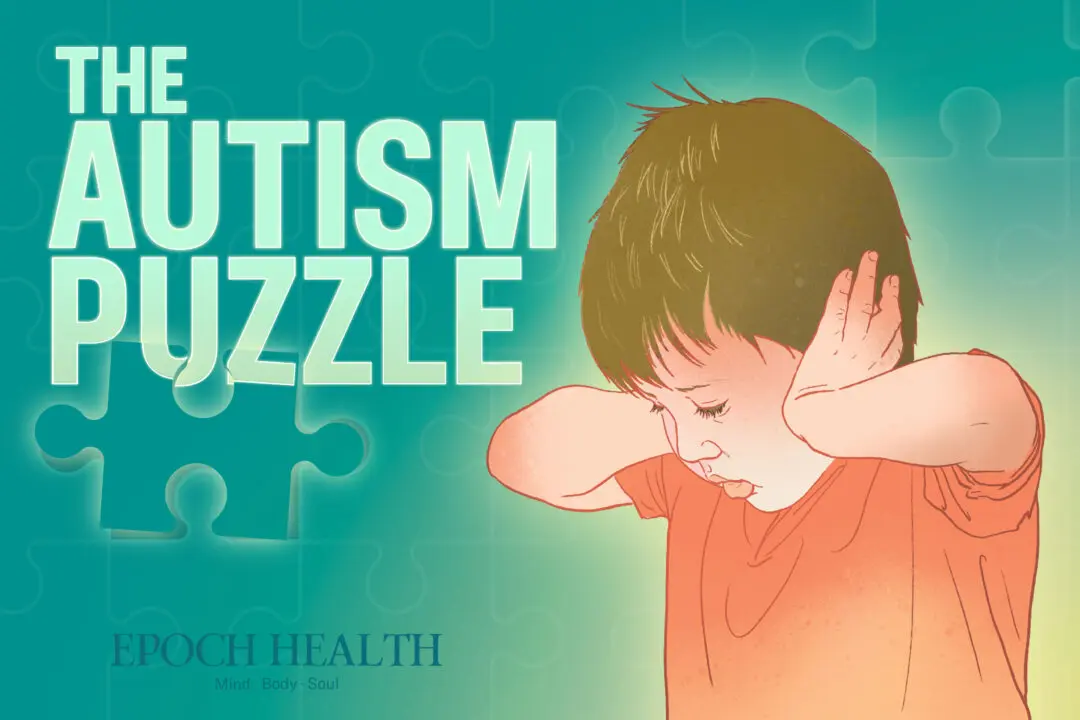It is a universal fact that prescriptions, by suppressing or enhancing certain biological pathways, induce unnatural effects in the body. Every single drug added to our regimen, increases the risk of an adverse effect by 7 to 10 percent.
However, this thought rarely crosses our minds when we take a painkiller to numb a headache or an antacid for heartburn. Most of the time we do not need to be concerned about it, especially when taking a generic drug for short-term use.






